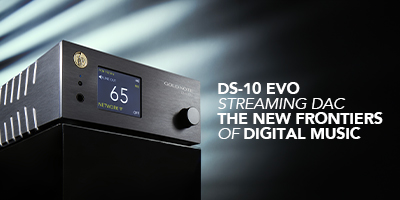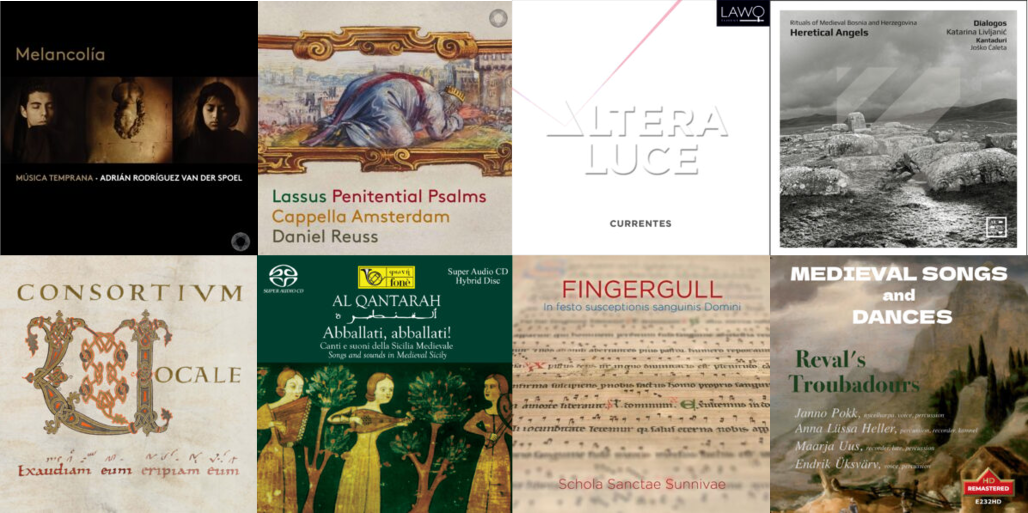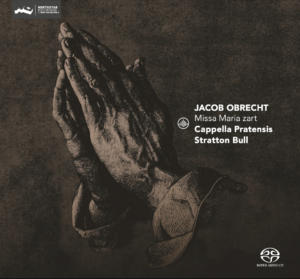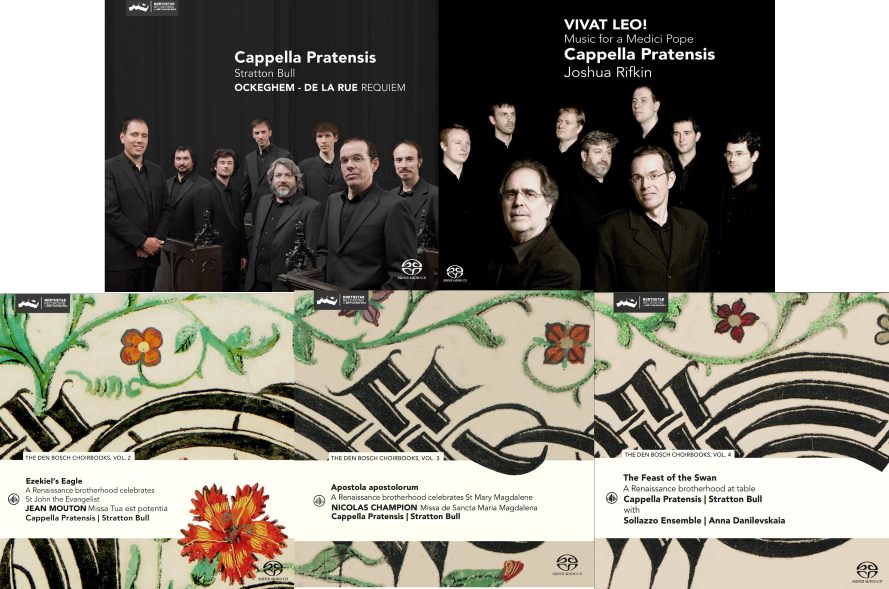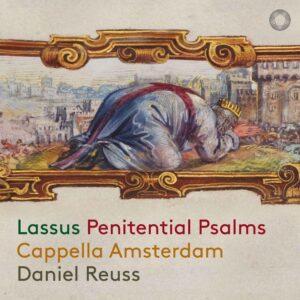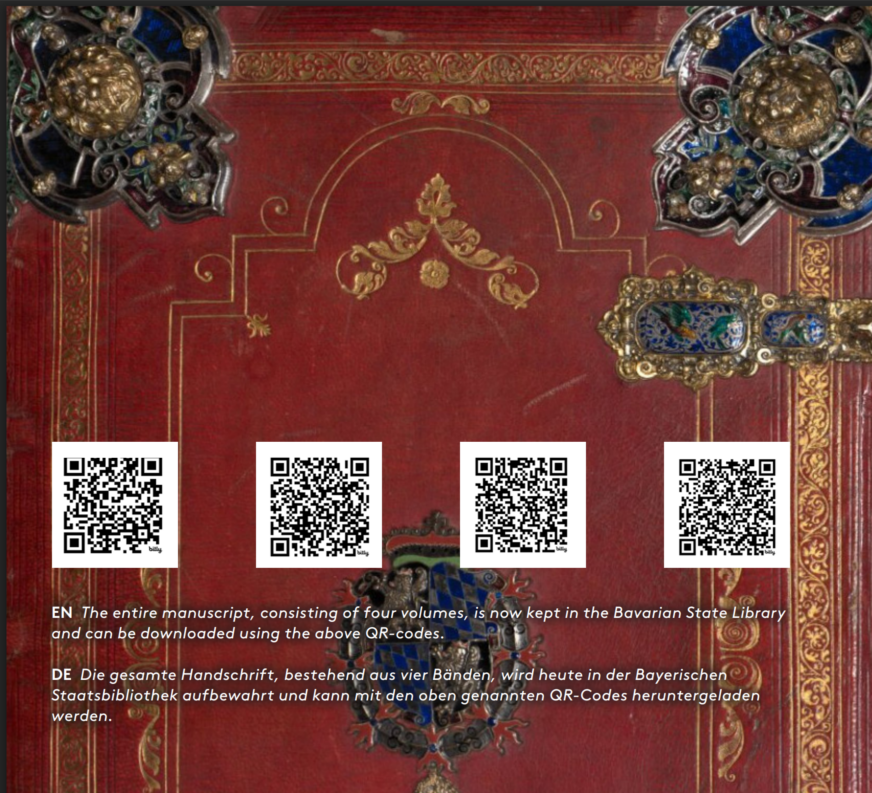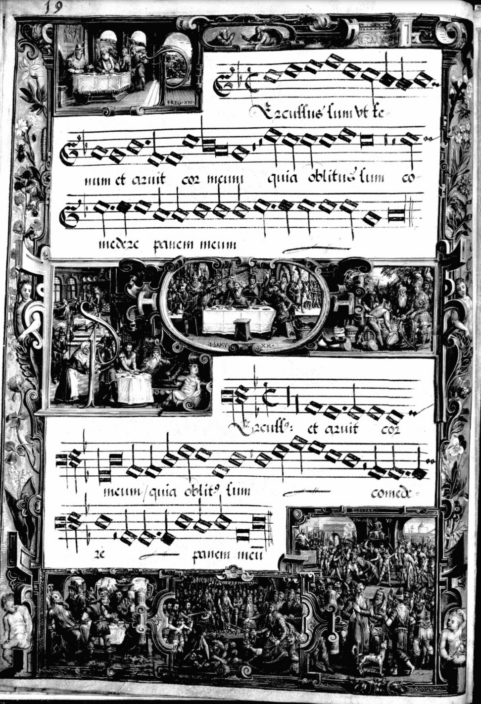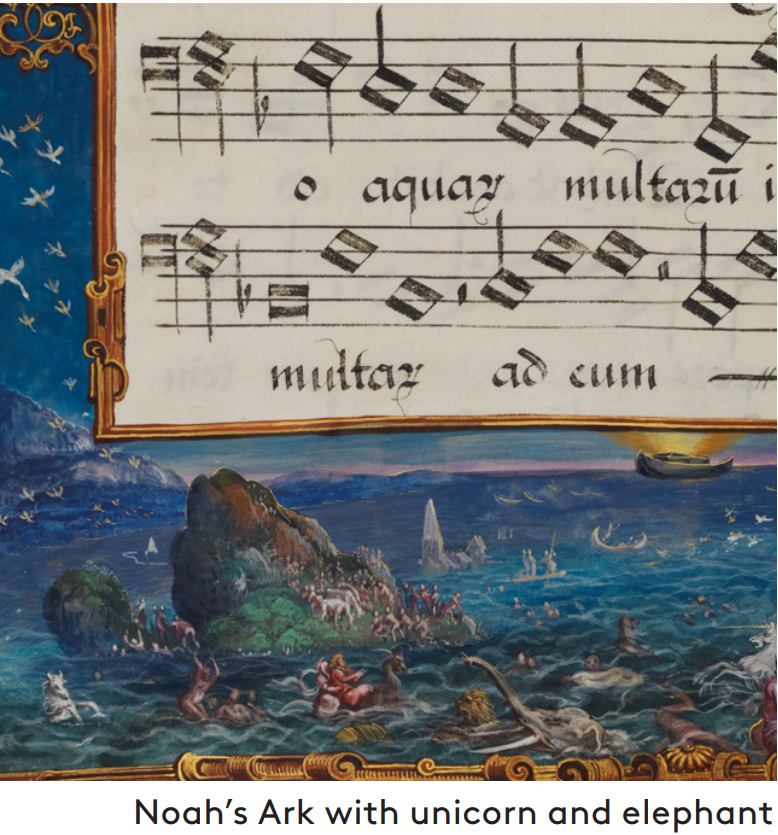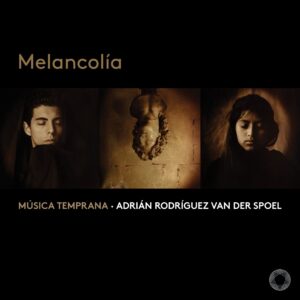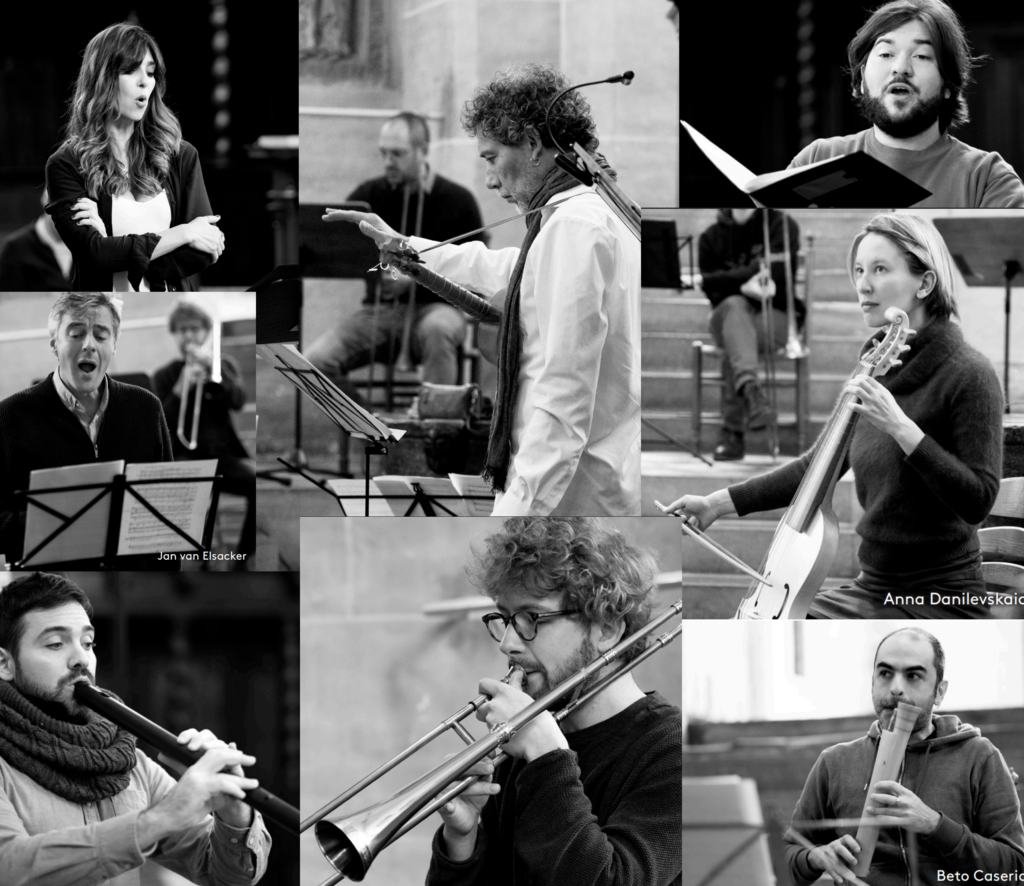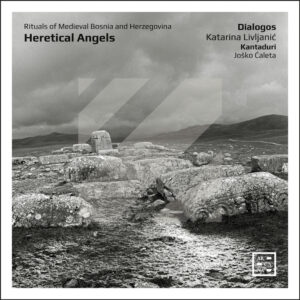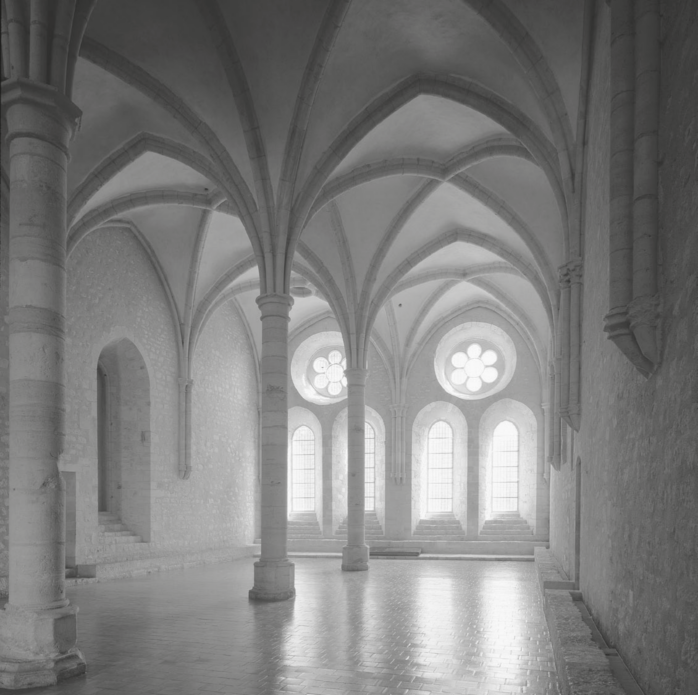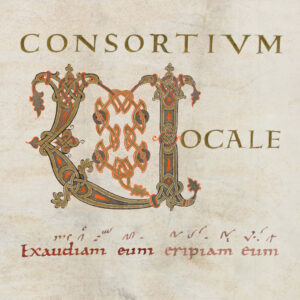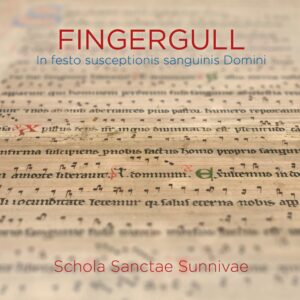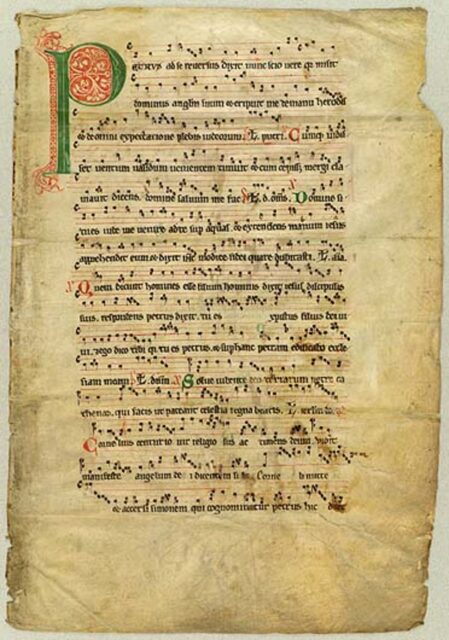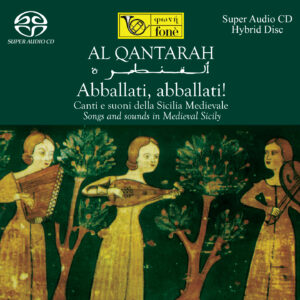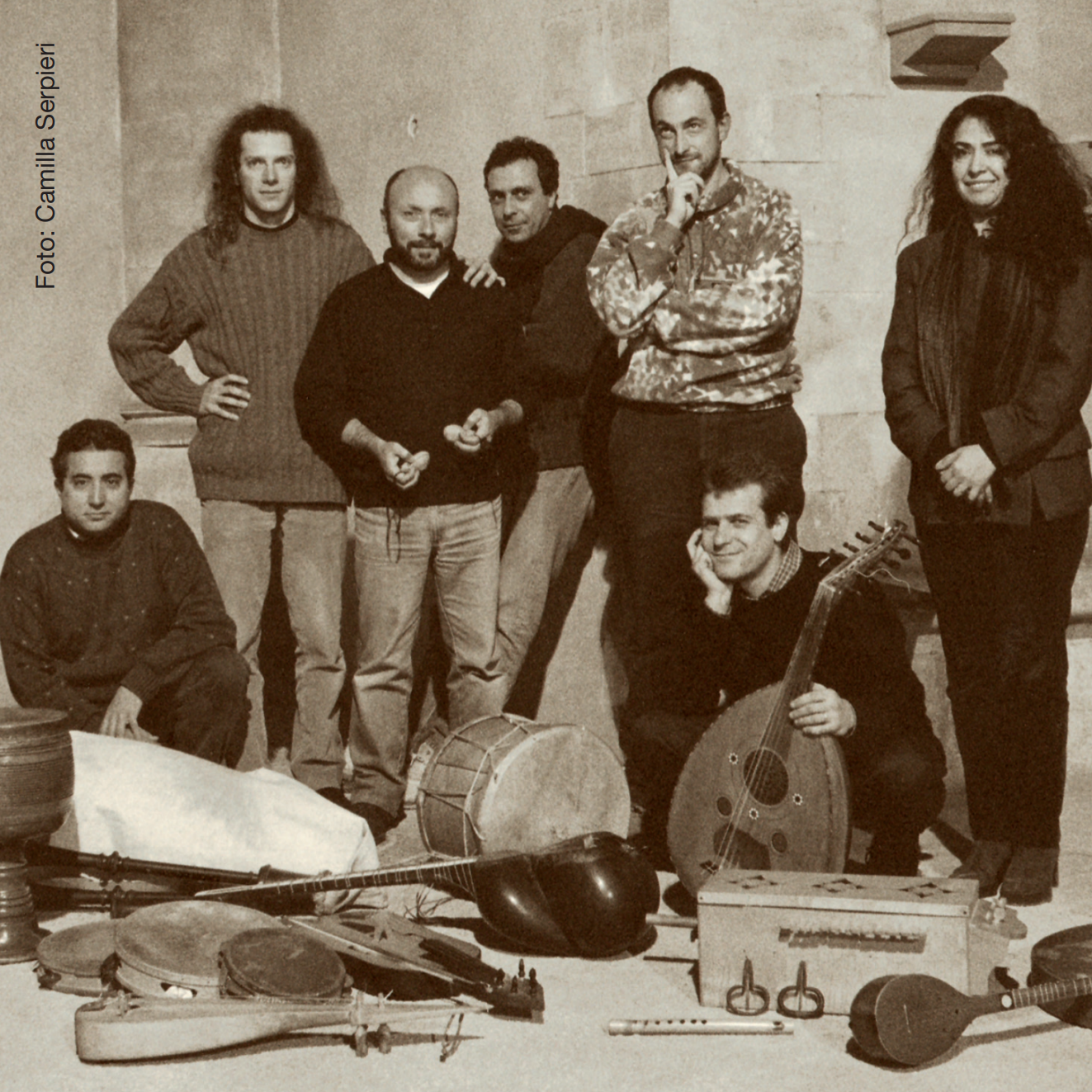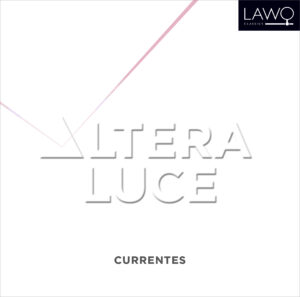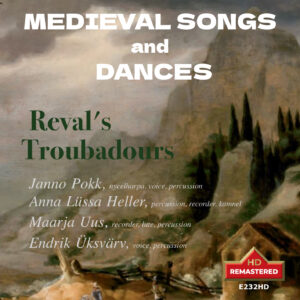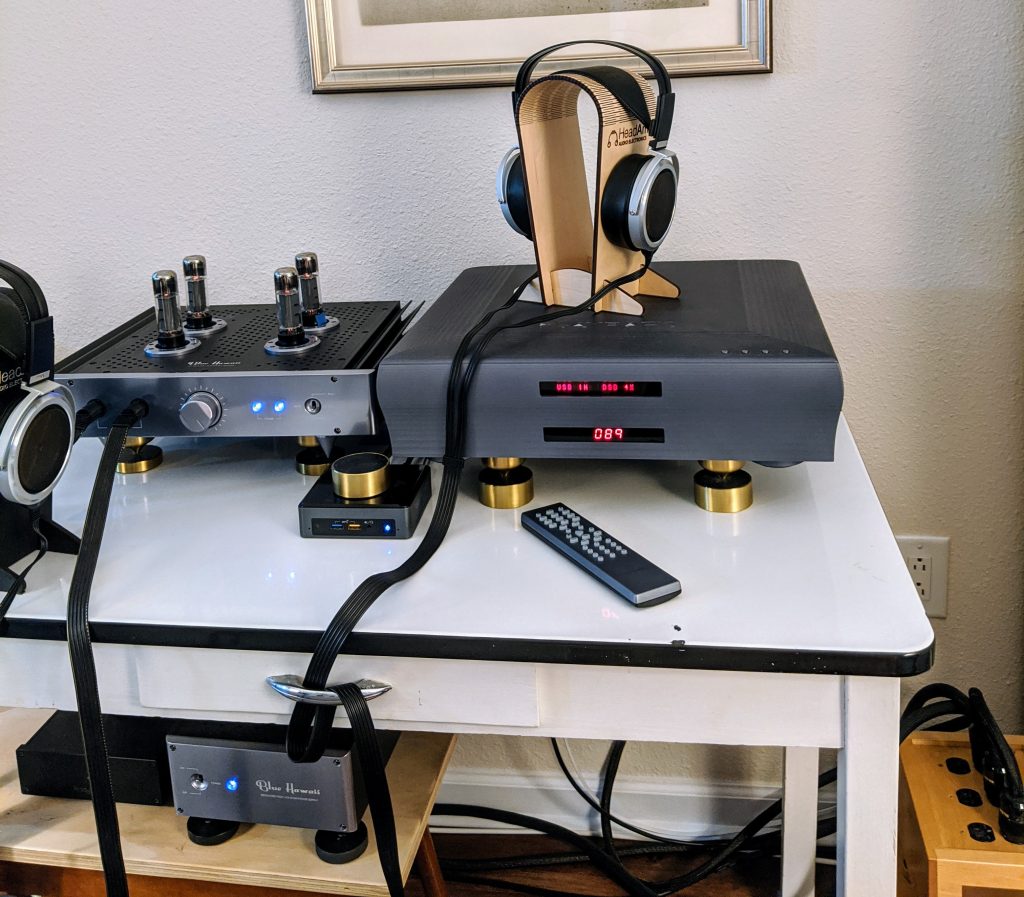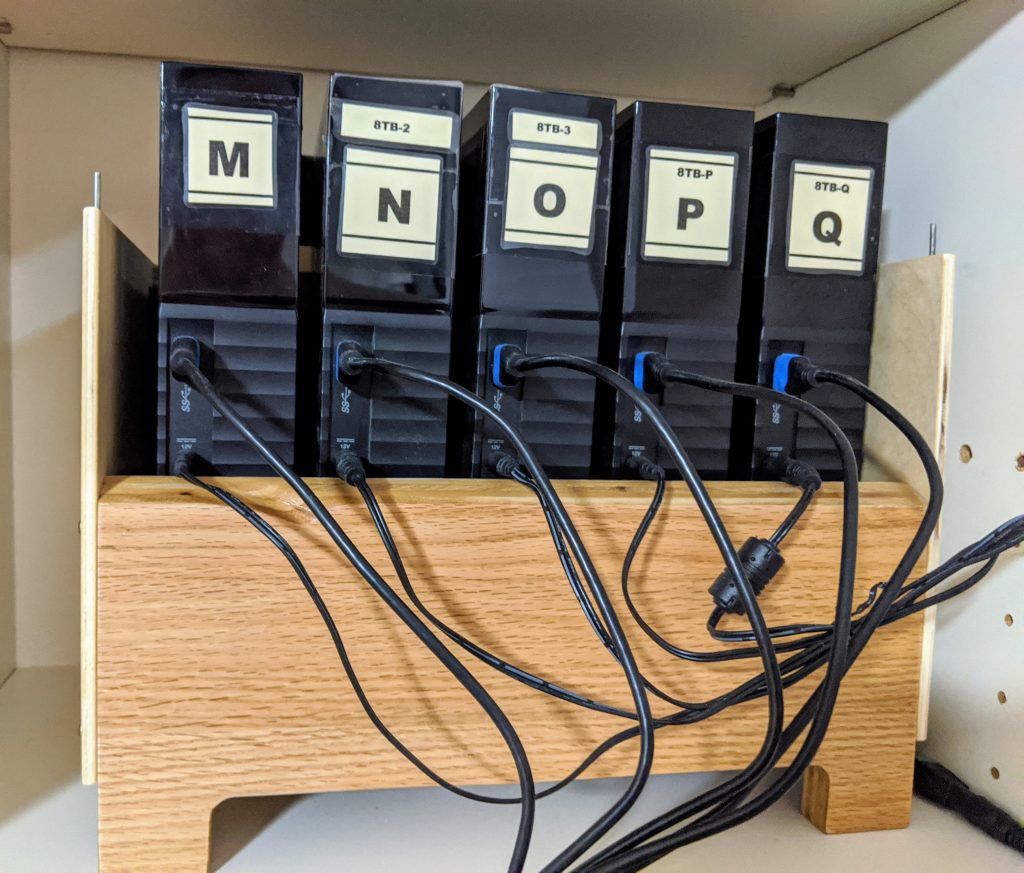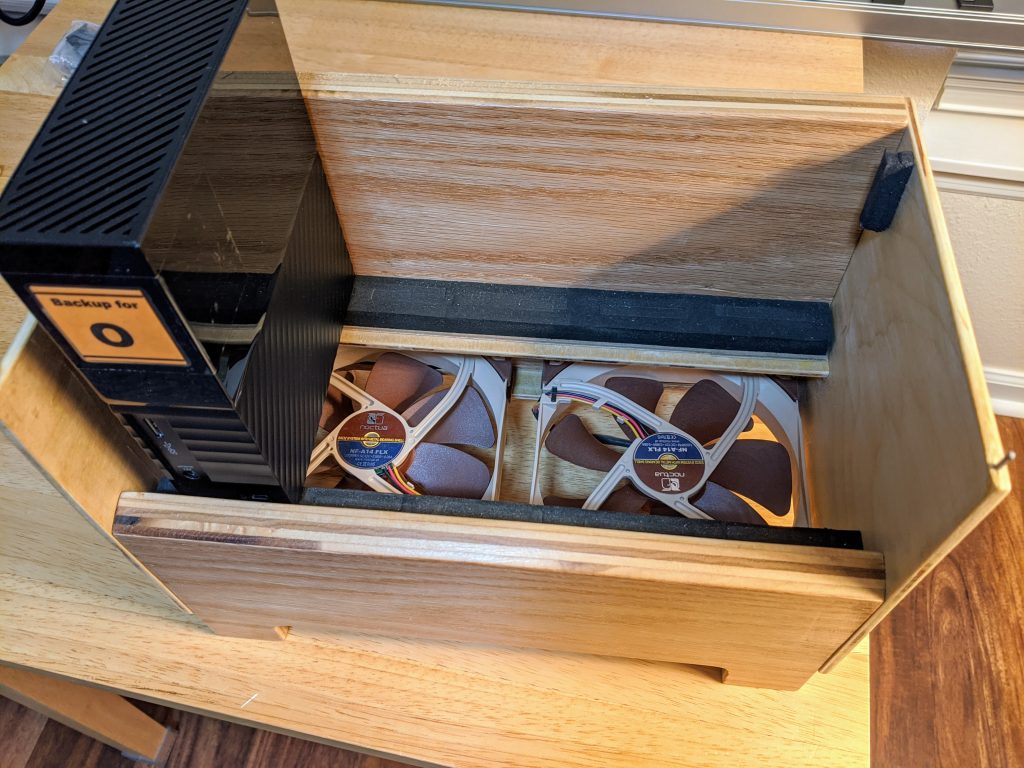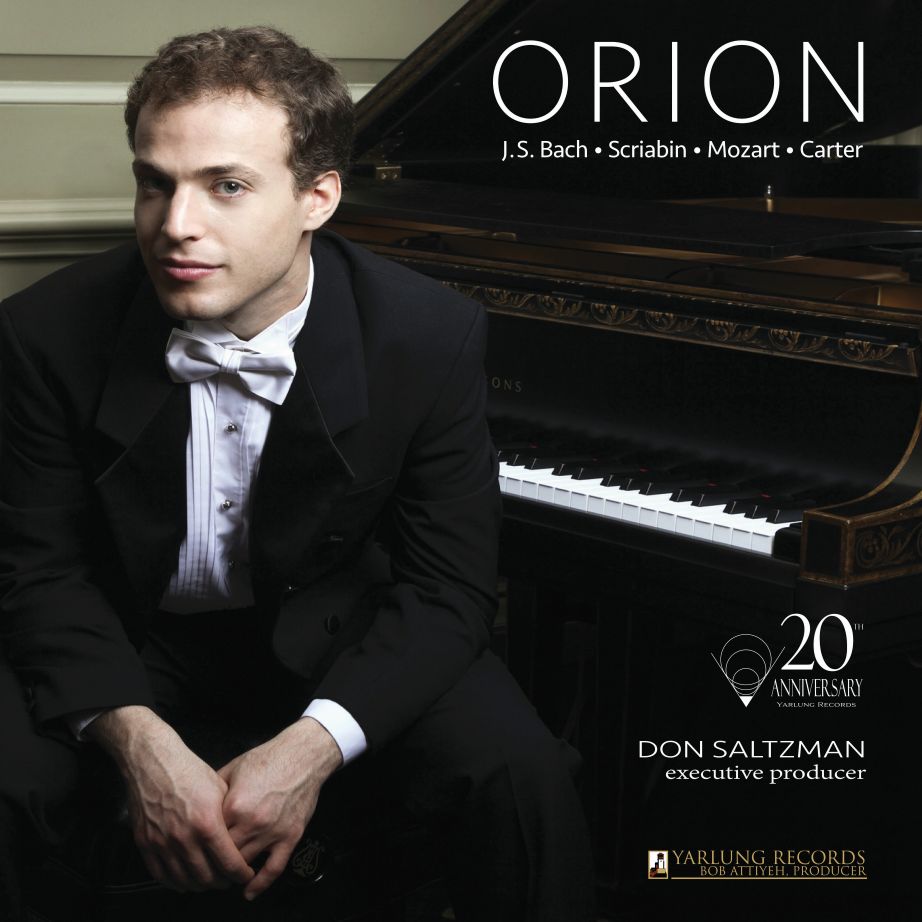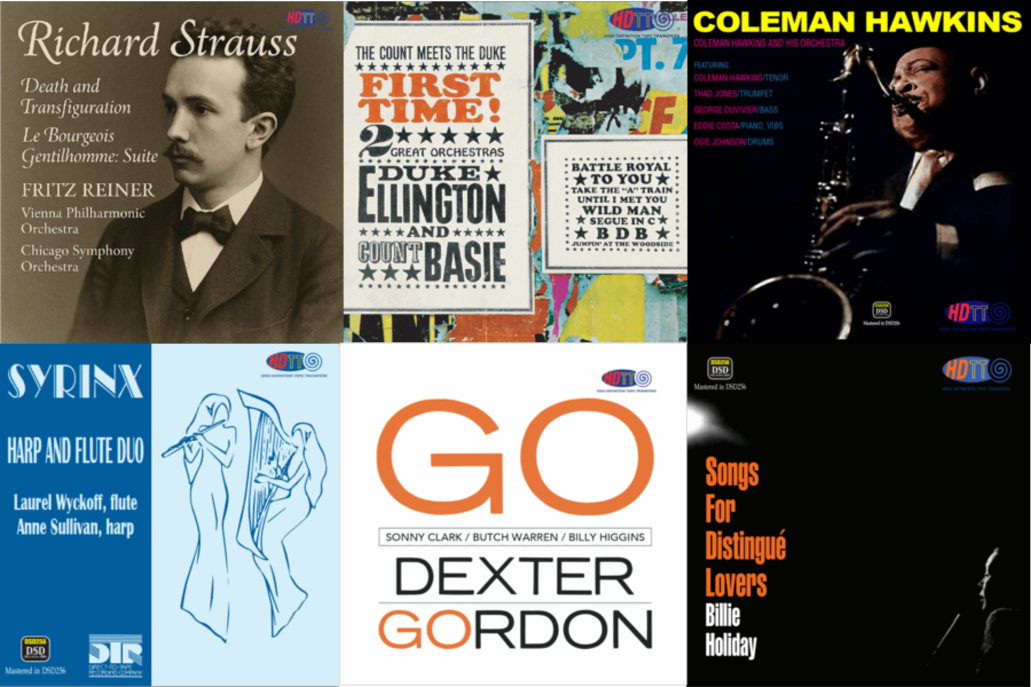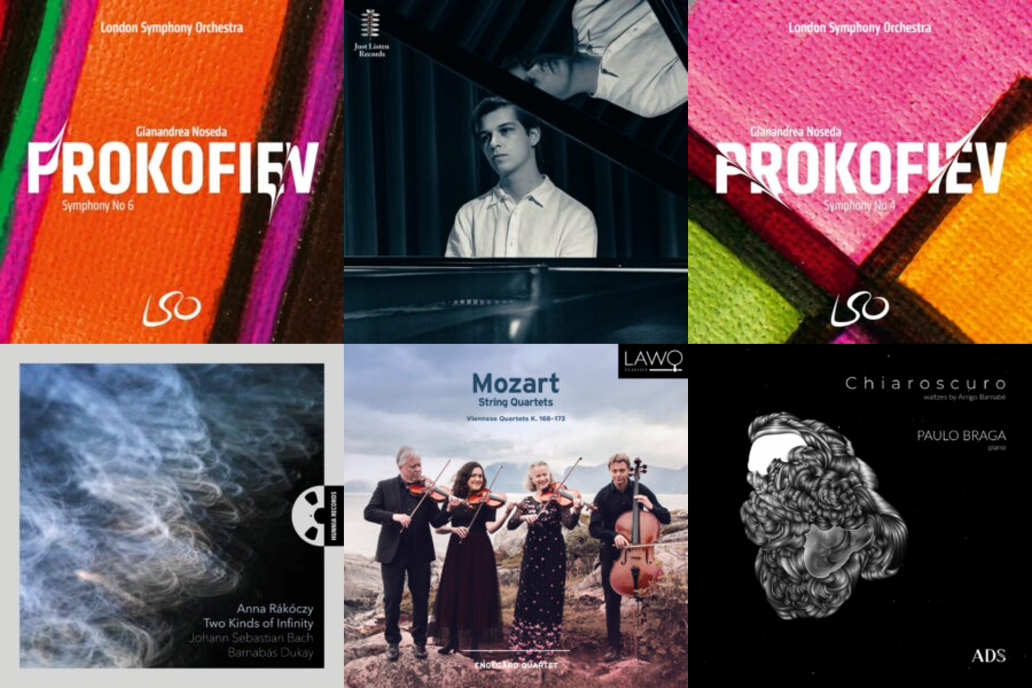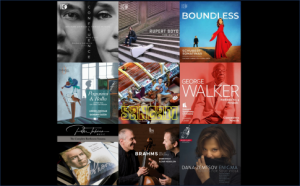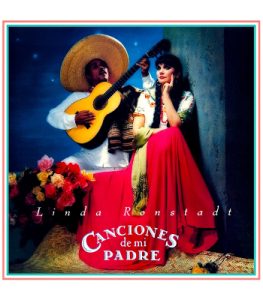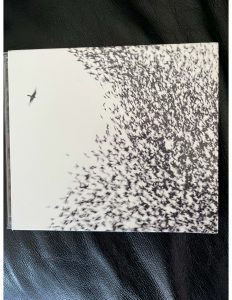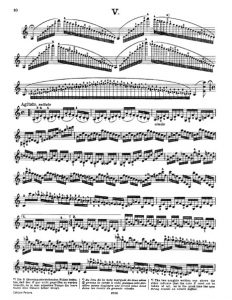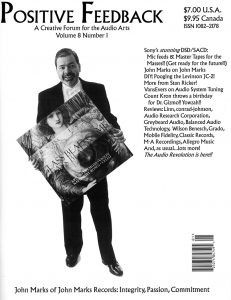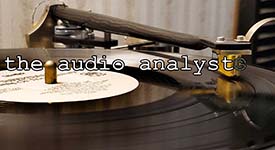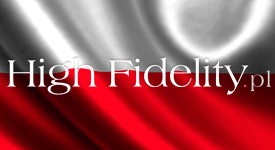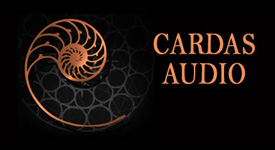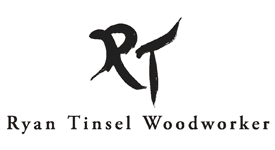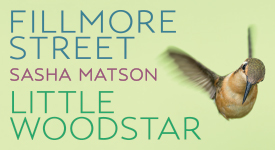I unabashedly love listening to early music, from medieval to renaissance. And much of this music is for voices. Not all, by a long shot, but there is a lot that is a cappella. Early music will be the theme of today's Recent Finds because this is what has consumed much of my recent listening. I've got some performances and recordings to share that I think are top notch. And they present a cross section of music across this period. So, if that's not your thing, you won't hurt my feelings if you skip this issue. But, if early music does appeal to you, read on!
Jacob Obrecht, Missa Maria zart, Cappella Pratensis, Straton Bull. Northstar | Challenge Records 2023 (DSD256, DXD) HERE
Jacob Obrecht's Missa Maria zart is an extraordinary work. Not only is it probably the longest extant Mass of the Renaissance, taking an hour to perform, it is monstrously complex to perform and perhaps the most ambitious artistic creation of its time. Never heard of it? Don't feel that you are alone. But should you hear it? Oh, yes!
Flemish composer Jacob Obrecht (1457/8-1505) was the most famous composer of masses in Europe of the late 15th century and was only eclipsed after his death by Josquin des Prez. The liner notes tell us that Obrecht was born in Ghent, the son of one of the city trumpeters. His career included a string of posts as choirmaster in Northern France and the Low Countries. Recent research reveals that Obrecht was not always reconciled to the disciplined, routine-laden existence of the singer-cleric because not once but twice (in 1491 and again in 1500) he was dismissed from his post at the Church of St Donatian's in Bruges for politically imprudent conduct and unspecified troublemaking.
What has come down to us consists of about 30 Mass cycles, nearly all of which are based on known cantus firmi, usually a piece of plainsong or the tenor of a polyphonic song, around which Obrecht constructed a complex polyphony. We don't know when Missa Maria zart was composed, but there is much to suggest that it was one of his very last Mass cycles.
The liner notes explain, "The tune is broken up into segments...over the duration of the entire Mass, a few segments at a time in each section but always in their correct order. By prescribing that the segments be read under different mensuration signs (Renaissance notation's equivalent of modern time-signatures), in some cases as many as five, Obrecht presents each segment first in long note values and then gradually shorter and shorter ones, giving the effect of acceleration over the course of each section."
What results when performed as the Cappella Pratensis sings it, is an incredibly complex, constantly evolving, interplay of voices and lines. The liner notes include an erudite discussion of the notation, time signatures and interplay. It is far beyond me. But I am enthralled by the resulting combinations of voices, pitches, and changing time signatures. This is amazing music.
Jacob Obrecht. Ascribed to Hans Memling or Quentin Matsys, dated 1496 on the frame. Wiki Commons
To complement the main composition by Obrecht, and perhaps to illustrate by close proximity just how complex is his creation, the album begins with a short anonymous work of plain chant using the Missa Maria zart tune, then wraps Obrecht's work with two other polyphonic settings of the same tune. The first for four voices with a simple chordal accompaniment. The second is by Ludwig Senfl (1486-1542/3), who served in Maximilian's court under the mentorship of Maximilian's official court composer, Heinrich Isaac (1450-1517). Senfl grew to be a master at combining different tunes in a single setting, and this one for five voices one expertly weaves together Maria zart and another devotional tune, Maria du bist Genaden voll. What a fine conclusion to this incredible album.
Cappella Pratensis is a remarkable ensemble of all men's voices. Since its founding in 1987, Cappella Pratensis has worked with musicologists to bring alive early music for voice with historically accurate interpretation and performance. This album has received multiple awards by major music review organizations, including the Gramophone Classical Music Award for Early Music in 2024.
Bert van der Wolf has once again gifted us with sound quality that is impeccable: full, rich, detailed, with the perfectly captured natural ambiance and reverberation of the venue. Simply delightful.
I am a great fan of Cappella Pratensis' recordings and only wish there were more. I highly recommend to you any of the following, all recorded by Bert van der Wolf:
Lassus, Penitential Psalms, Cappella Amsterdam, Daniel Reuss. Pentatone 2023 (96k) HERE
Orlando di Lassus (also known as Lassus or Lasso) (probably 1532—1594) created some of the most beautiful music for voice in our Western European music tradition. In this album, gorgeously performed by Cappella Amsterdam, led by Daniel Reuss, we hear some of his most reverential compositions. Around 1559, Lasso, who worked at the court of Duke Albrecht V of Bavaria, was commissioned by the Duke to set the seven penitential psalms to music. Each of the seven psalms is linked to one of the seven deadly sins. Somber stuff, this.
Lasso's setting of the penitential psalms was intended exclusively for use at court; it was musica reservata, withheld music. Lasso was not allowed to publish the penitential psalm cycle until 1584, 25 years after it was written and five years after the Duke's death.
In composing this music, Lasso took up the old liturgical model of monophonic psalm recitation and transferred it to polyphony. This is a setting to music by arguably the greatest composer of the second half of the 16th century.
Under Daniel Reuss' artistic direction of over thirty years, professional chamber choir Cappella Amsterdam has garnered numerous accolades, including an Edison Klassiek Award for In Umbra Mortis (2021). The Penitential Psalms album marks a return to music of the Renaissance following well-received recent recordings of 20th century composers in David Lang: the writings (2022), Alfred Schnittke: Psalms of Repentance (2023) and Tales of song and sadness (2024). All of their recordings that I've heard are beautifully performed and well recorded. If you enjoy excellent choral music, I recommend the group to you unreservedly.
Ann's comment after listening to this album was right on target (as usual): "Oh, those voices! They are so nice, particularly the bass—the bass is just wonderful. And the polyphony was just scrumptious. All so very different from some other a capella groups like ♦♦♦♦♦♦♦♦♦ (redacted), whose music just seems so totally processed to the point of pablum. This sounded organic, real." Yes, I agree completely.
Lassus' compositions for the penitential psalms were entered into two large-format choir books, elaborately illustrated by the Munich painter Hans Mielich, totaling over 400 pages. With a second set of two volumes of commentary, the entire four volume manuscript is today one of the treasures of Bavarian State Library. The manuscript fulfils several functions: it is a devotional book; a kind of illustrated encyclopedia; and music manuscript or choir book. The library has digitized the entire manuscript and made it available online for download via the QR codes in the following photo:
Melancolía, Musica Temprana. Pentatone 2021 (DXD, DSD256) HERE Edit master sourced*
Música Temprana is one of today's most interesting Hispanic early music ensembles. This is their sixth release at NativeDSD and their first on the Pentatone label, with the earlier five on the Cobra Records label. The sound quality is simply superb. All of six albums have been produced by Tom Peeters (Mediatrack B.V. and Cobra Records founder), evidencing the impact an excellent recording engineer/producer makes on the quality of sound.
The works performed on this album underline the strong melancholic connections between worldly and religious Spanish musical traditions around 1500, a period full of change and conflict during which Christian Europe feared the hypothetical end of the world. Some songs, such as El Canto de la Sibila beginning at track 16, can trace their roots back to the 5th century proselytizing efforts in North Africa. From the Middle Ages onwards it was performed in the churches of southern Europe and it is still performed in Sardinia and Mallorca.
Other music on this album have been documented in songbooks of the courts of medieval Spain. They show the transition from troubadour lyricism to the flourishing Siglo de Oro (Golden Age), and the shift from a medieval to a Renaissance aesthetic in Spanish music. And, thus, we here have a mixture of songs a cappella, and songs instrumental only, and songs mixing voice and instruments.
Hurrah for Música Temprana's presentations of this and other music of centuries past. They are an excellent performing group to whom I've enjoyed listening for a half-dozen years across their various releases. They bring us informed scholarship in the music they present, couple with performance practice and instruments of the periods from which the music derives. In this album we do have mixed men's and women's voices (to which choice I've not read any comment from them), but the mixture makes for wonderful textures. They also bring us a great array of early instruments, including the vihuela de arco (a bowed string instrument that, interestingly, is not related to the viola da gamba or the violin family, but rather to earlier instruments with fewer strings daring back to the Middle Ages in the Iberian Peninsula, with a distinctive sound, see this article), renaissance harp, sackbuts, bajoncillo (also called a dulcian, a small, double-reeded ancestor of the bassoon), vihuela de mano and renaissance guitar.
These are austere works of great beauty, reflective of their time and appropriate to ours. Whether one is a person of faith, the music and performances and sonic qualities can be appreciated, valued, and celebrated. Find yourself a quiet place and put on this album for a bit of reflection and meditation to help you go inward, then expand beyond yourself.
Música Temprana explores repertoire from the Renaissance and Baroque periods, not only in Latin America, but also from sources of the Spanish empire at the time. In this way, Música Temprana maps the musical development of Latin America, from the moment the first conquistadors set foot on the New World to the maturation of its own Baroque music on Latin American soil. The ensemble's repertoire is largely the result of the research of its conductor and founder, Adrián Rodríguez Van der Spoel. www.musicatemprana.nl
A few of the musicians of Música Temprana during recording session in Pieterskerk Utrecht, the Netherlands, 14-17 October 2020
Heretical Angels: Rituals of Medieval Bosnia and Herzegovina, Dialogos, Katarina Livljanić, Kantaduri, Joško Ćaleta. Arcana 2024 (DXD, DSD256) HERE
If you'd like to take yourself on an entirely new journey of exploration, then spend some time with the vocal groups Dialogos and Kantaduri in their exploration of Bosnian, Croatian, and Serbian manuscripts in which remnants of pagan beliefs are often infused in the Christian context. It is a very different musical experience than much of the alternative western European tradition explored in other albums I've discussed. Beautifully performed and recorded.
Katarina Livljanić, singer and musicologist, director and founder of the ensemble Dialogos, international specialist in medieval liturgical music, writes in the notes: "The idea for the creation of this program came as I was reading an inscription from an ancient Bosnian tombstone: Kadi htih biti, tgdi ne bih (When I wanted to be, I couldn't). Reading the inscription, my thoughts wandered to the anonymous voices we read about, thirty years ago during the ex-Yugoslav war, voices belonging to people who wanted to exist, but couldn't. I therefore decided to allow the voices captured in tombstones to speak again and create a new program based on their words."
Some of the text sources for the album contained music notation, most did not. Livljanić turned to traditional music of Bosnia and Herzegovina working with traditional musicians and medieval music specialists. Together, lost roots of musical language were reconstructed from partially preserved elements in medieval manuscripts and in oral tradition.
These are powerful songs, often rough hewn, inviting the listener to a journey through rituals of birth and death, creation and destruction. The chants performed include "blessings and curses, invocations to angels at birth, exorcisms and rituals bordering on paganism." They are intertwined with dissonant traditional songs call ganga.
This dissonant, earthy sound is much of the appeal for me.
Joško Ćaleta, founder and director of vocal group Kantaduri, writes, "The music styles performed in this program are typical for the traditional music of the Dalmatian hinterland and West Herzegovina. Rough, primitive, non-standardized, untempered—these are the adjectives someone unfamiliar with this type of musical communication would initially use to describe the polyphony of narrow intervals." And, as Ćaleta suggests, this initial impression I experienced did gradually shift to a bit greater understanding and appreciation for the sophistication hidden within.
The performances are strong, powerful, rough hewn, coarse—and utterly beautiful and compelling. The sound experience includes powerful men's voices, the beautiful, melodic voice of Katarina Livljanić, fiddle and rebec, transverse and traditional flutes, and traditional instruments of the Dalmatian hinterland. The traditional instruments, dvojnice and gusle, are fascinating to hear. Gusle is a chordophone, single-string instrument, made of wood, with the goat skin stretched over the body. A gusle player's singing is adapted to the high register of the instrument. The instrument has been used for centuries by Guslari, or epic singers, who memorize, or improvise, long narrative poems. The dvojnice is a traditional double-flute aerophone, often associated with rural life and the singing styles of the Balkans, crafted from a single block of wood with two parallel cylindrical bore air columns.
The recording venue provides a resonant acoustic for the music, with extended reverberation time that is delightfully captured.
Recording venue: Noirlac Abbey, Centre Culturel de Rencontre (Cher), France, January 2023
Exaudiam Eum (Gregorian Chant for Lent and Holy Week), Consortium Vocale Oslo. 2L Records 2006, 2019 (DXD) HERE Edit Master Sourced*
Chant has been an integral part of religious service for multiple millennia. Gregorian chant is a specific chant subset developed mainly in western and central Europe during the 9th and 10th centuries, with later additions and redaction. It can be differentiated by musicologists from other forms of plainchant, but that is simply beyond my ken. I listen to "plainchant" indiscriminately, recognizing only the divergence into polyphony (such as composed by Orlando di Lassus above). But, I do discriminate among plainchant recordings for performance quality and recording quality!
Presenting chants from the five Sundays of Lent, Palm Sunday, and Good Friday, this album by Consortium Vocale Oslo will be this article's token album of excellent plainchant performance. It is one of the best, in my opinion. But there are certainly other excellent recordings by other groups, such as various recordings by The Benedictine Monks of Santo Domingo de Silos.
Beyond the excellence of the singing of this all-male group is the excellence to the recording. It is one of the best recorded albums of chant in my music library. Produced by 2L's Morten Lindberg, this album was recorded in 2006 in the medieval church at Ringsaker in Norway. You will easily note the excellent reverberation and decay of the voices that this venue allows.
If you are seeking an album of plainchant for your music library, this is the album I'd recommend to you. I think it is foundational. From this album, branch out and explore. Something you might next further enjoy is the album Fingergull by Schola Sanctae Sunnivae, an all women choir, led by Anne Kleivset.
Fingergull—In festo susceptionis sanguinis Domini, Schola Sanctae Sunnivae. 2L Records 2015 (DXD) HERE Edit Master Sourced*
Something you might next further enjoy is this excellent album Fingergull by Schola Sanctae Sunnivae, an all women choir, led by Anne Kleivset. Also recorded by 2L in the medieval church at Ringsaker in Norway, you can hear a different mix of voice qualities in the same venue. Beautifully performed and recorded, this is an alternate view of plainchant through the timbre of women's voices.
The music here has an interesting history. The included booklet tells us that an Icelandic manuscript of 1165 records the arrival of a drop of Christ's blood in Nidaros (today's Trondheim) in Norway. The chant cycle recorded here, for the Susceptio sanguinis feast or "Holy Blood office," has survived in just one manuscript. It consists of ten parchment folios and was written between 1250 and 1275, probably for Nidaros cathedral. Kept at the National Library of Denmark, in Copenhagen: MS Add. 47 folio, a digital reproduction of the whole fragment can be seen here: www.kb.dk/permalink/2006/manus/69/.
One page from the Antiphonarium Nidrosiense (fragment) from the link above.
Al Qantarah–Abballati, Abballati! Songs and Sounds in Medieval Sicily. Fonè 1998, 2014 (DSD64) HERE
Here we are going well back to some roots on which later western European medieval music was built. So much of the foundation of western music came from the middle east (Arabic, Greek, Byzantine): instruments, chordal arrangements, rhythm patterns... The Moorish control of Spain brought Arabic sources that rolled into Aquitaine, the Crusades brought back many different influences, and trade throughout the Mediterranean ensured significant cross-fertilization. The music of Spain is a marvelous source for musical exploration, and I would highly recommend the recordings of Gregorio Paniagua and Atrium Musicae de Madrid released originally on LP by Harmonia Mundi and BIS, with CD/SACD reissues over the years (see Discogs listing here). These are outstanding performances and exceptionally well recorded as I heard them on LP.
But here, we're going to take the path through Sicily from this period. Sicily was a crossroads of races, traditions, with varied and often exotic ethnic roots. Over the course of centuries, Sicily has adopted as its own the musical traditions and styles of Arab, Byzantine, Provençal and Norman cultures, conserving their intrinsic qualities and forms along with elements springing from the origins of Sicily itself.
These performances by Fabio Tricomi and the ensemble he assembled include traditional medieval instruments common to Sicily: friscalettu (a traditional Sicilian reed flute), flauto da tamburo ("drum flute," a medieval instrument that combines a straight bore three-hole flute that can be played with one hand leaving the other free for simple percussion with a drum or castanets or bells or a triangle), lira (a pear-shaped bowed instrument with three to five strings), marranzanu ("mouth harp"), riqq (or "rekk," a small, handheld frame drum with jingles, similar to a tambourine but with a darker, fuller sound), castanets, setar (a type of three-stringed lute used in Persian traditional music), symphonia (box-shaped, crank-operated string instrument, a variant of the hurdy-gurdy), tammureddu (a small tambourine), tar (a long-necked, plucked lute), oud (Middle Eastern short-neck lute-type, pear-shaped, fretless stringed instrument usually with 11 strings), vielle (a bowed stringed instrument used in the medieval period, similar to a modern violin but with a somewhat longer and deeper body), zarb or tambaq (an Iranian goblet drum, considered the principal percussion instrument of Persian music), and voice.
The music performed comes from a mixture of secular and religious traditions. The sources are mainly from two collections: the 12th century Troparium de Catania conserved in the National Library of Madrid (ms. 19421) transcribed by David Hiley, and the Corpus of Sicilian Folk Music (Palermo, 1957) which contains pieces collected directly from the people by Alberto Favara about a century ago.
Recorded to analog tape in December 1998 and January 1999 by Fonè founder Giulio Cesare Ricci at the 13th century Castello Ursino in Catania, Sicily, this digital reissue it transferred to DSD64 directly from the original analog master tapes.
I recommend this album to you. The sound quality is quite good, with excellent rendering of the timbre of instruments and voices. And the music is very different from what one might otherwise hear. It makes for a nice exploration into the roots of music coming later in the western European tradition with which we might be more familiar.
Fabio Tricomi, Fabio Accurso, Roberto Bolelli, Farzaneh Joorabchi, Nico Staiti, Donato Sansone, and Faisal Taher with the instruments used in this recording (not in order)
Altera Luce, Currentes. Lawo Classics 2017 (DXD) HERE Edit Master Sourced*
This album is comprised of beautifully performed songs from three of the greatest composers whose music has come down to us from the Middle Ages: Franceso Landini (ca. 1325/35–1397) , Guillaume de Machaut (ca. 1300–1377), and Guillaume Dufay (1397–1474). Each is a small ensemble setting of from one to three voices and a few period instruments. These are intimate settings.
They are largely songs of love, spiritual love and secular love. Always in honor of the lady to whom the song is addressed. In some cases, the song is addressed to the Virgin Mary, in others to an unnamed lady. It is a courtly love, intended for the court, not the drinking house. (For the latter, we can explore other albums—and there the works can become shamelessly bawdy.) Here, all is beauty, and light, and devotion. The opening work by Francesco Landini from which the album title comes, reads:
Superb light and
angelical aspect,
support of my life,
have pity on me, your subject.
Whilst within my heart hides
the soul, it never departs from you.
You are the one who confuses my all grief
with your gentle pleasure spreading in me.
You are only the most noble part of love,
appreciated more than every other,
the one I adore and have ever before me..
Superb light …
As the liner notes comment, "The poetry acquires a new, higher purpose: to express divine rather than earthly love. This exalted, spiritual content was an important aesthetic component of the literary movement that emerged called Il dolce stil nuovo, the sweet new style...Many poems call upon us to imagine something that is more beautiful and more perfect than that which exists in the earthly realm. Women often have a symbolic function (the poet is, after all, usually a man). They are images of perfect beauty, not only in physical appearance, but also inner values."
The closest we get in this collection to more earthly considerations is Landini's Fa metter bando which expresses some pretty direct advice for a desired outcome:
Love banishes and commands
everyone who has loved or who is a lover
to keep love hidden in act and in manner;
And that no one cease to love
because it seems to him that love is not returned.
Because Love wants the lover to be loved;
And that no lover despairs
for loving long, since when the goal is reached
All his pain will be turned into delight.
Know that he who breaks the law
will be punished, if he alters not his manner.
In all of these songs, we find poetry combined with music. For the most part, it is presumed that the author of the poems and the author of the music are one and the same. The composers presented here were singer/songwriters. They wrote the lyrics, composed the music, performed the music, and, in some cases, built the instruments on which the music was played. There may be a setting of poetry by Dante or Petrarch here or there amongst their corpus, but most is not.
The Francesco Landini works present songs of complexity, with polyphony—multiple parts weaving amongst each other. His music is elaborately complex, more so than the works presented here by Machaut or Dufay. Landini (or Francesco of Florence, as he was most likely named in his lifetime) and Guillaume de Machaut were contemporaries, but they lived on opposite sides of the Alps and presumably never met. Like Landini, Machaut was also highly regarded as a poet, and his music and poetry directly influenced composers and poets throughout Europe. But Machaut's style is quite different from Landini's. Guillaume Dufay was born in the same year that Landini died. The liner notes tell us that his song, Vergine bella, is the first music we know of written for this famous last poem in Petrarch's Canzoniere.
The album also contains some very nice interludes, titled Miniatures for Currentes, by modern Norwegian composer Eivind Buene (b. 1974). Written in 2010, he composed eight miniatures for medieval instruments and voices, six of which are included on this album between tracks by the medieval composers. I enjoyed them as interludes, but was curious to hear them as a single piece on their own. So, I organized the tracks to play the Miniatures for Currentes as a single work of six parts—it was delightful! I encourage you to experiment with this for a very nice modern composition (using medieval instruments!).
Currentes was founded by its artistic director, Jostein Gundersen, in 2006 and focuses on historically informed performance, specializing in polyphonic music from the late Middle Ages and the Renaissance. On this album are three vocalists (soprano, mezzo-soprano, and tenor), with medieval fiddle, clavicymbalum (an early keyboard instrument and ancestor of the harpsichord), and various recorders.
The sound quality, as I've come to expect from Lawo Classics, is excellent. Recorded in the stone Vaksdal Church, Norway, by Lawo Classics' balance and mastering engineer, Thomas Wolden, the sound is detailed while nicely capturing the natural acoustic environment of the recording venue. Performers and instruments are distanced just nicely enough from microphones that the result is a recording with excellent soundstage, nice bloom of harmonic overtones, and capture of delicate ambiance.
Medieval Songs and Dances, Reval's Troubadours. HD Remastered 2009 2023 (DXD 32bit) HERE
I include this album because it is grounded in the traditional music of the 12th Century troubadours, but freely extemporized upon to bring modern elements of jazz and rhythm figures from multiple countries. It's rather a wild, eclectic ride that I find both entertaining and unusual. Formed in 2006 in Tallinn, Estonia, and using traditional instruments of both Sweden (the nyckelharpa) and from Estonia (the kennel) plus lute, different recorders, djembe (a rope-tuned skin-covered goblet drum played with bare hands), tarbuka (goblet drum), and voices, Reval's Troubadours evoke the feeling and aesthetic of the medieval troubadour tradition.
Their source material is a bit unclear from the liner notes, but it appears that much has come from the manuscript Ballads of Santa María collected by the 13th century court of Alfonso X the Wise (King of Castile, León and Galicia), the 13th century manuscript Martín Codax's cantigas de amigo, 13th century secular songs of Sephardic origin, and traditional or anonymous medieval European songs. In other words, quite a rich range of music from which the group has drawn what seems to have met their fancy and suited the recital they wished to provide.
The delightful thing about the performances on this album is the complete lack of turgid reverence. They sing and play with abandon—completely alive and energetic. They are making music! They are focused on entertaining their listeners—not presenting dusty historical artifacts. If you need a lot of textbook backstory on the provenance of the songs they present, this will not be an album for you. They don't provide it. Instead, they provide an hour of lively entertainment where they range broadly afield to create something that is their own but based in a centuries-old tradition.
Reval's Troubadours
Janno Pokk – Nycelharpa, Vocals, Percussion
Anna Lüssa Heller – Percussion, Recorder, Kamnel
Maarja Uus – Recorder, Lute, Percussion
Endrik Üksvärv – Vocals & Percussion
Recorded live by Sean Murray to analog tape at Santa Eufemia de Cozollos, Olmos de Ojeda, Palencia, Spain on August 7th and 8th, 2009, and originally released on CD in 2010, the album was transferred from the analog tapes to DXD and re-released by HD Remastered in 2023. Regrettably, the group seems to no longer be performing.
A footnote to all of these recordings:
* Special credit is due to NativeDSD. They have recently been identifying when an album released on their site comes from the "edit master" as the source. The edit master is the first realization of the recording where all the components are mixed and processed together prior to delivery distribution reformatting. In other words, the sound quality is as good as pure as it can possibly be from this recording. Excellent! Watch for Edit Master Sourced in the album listings on the NativeDSD website.

